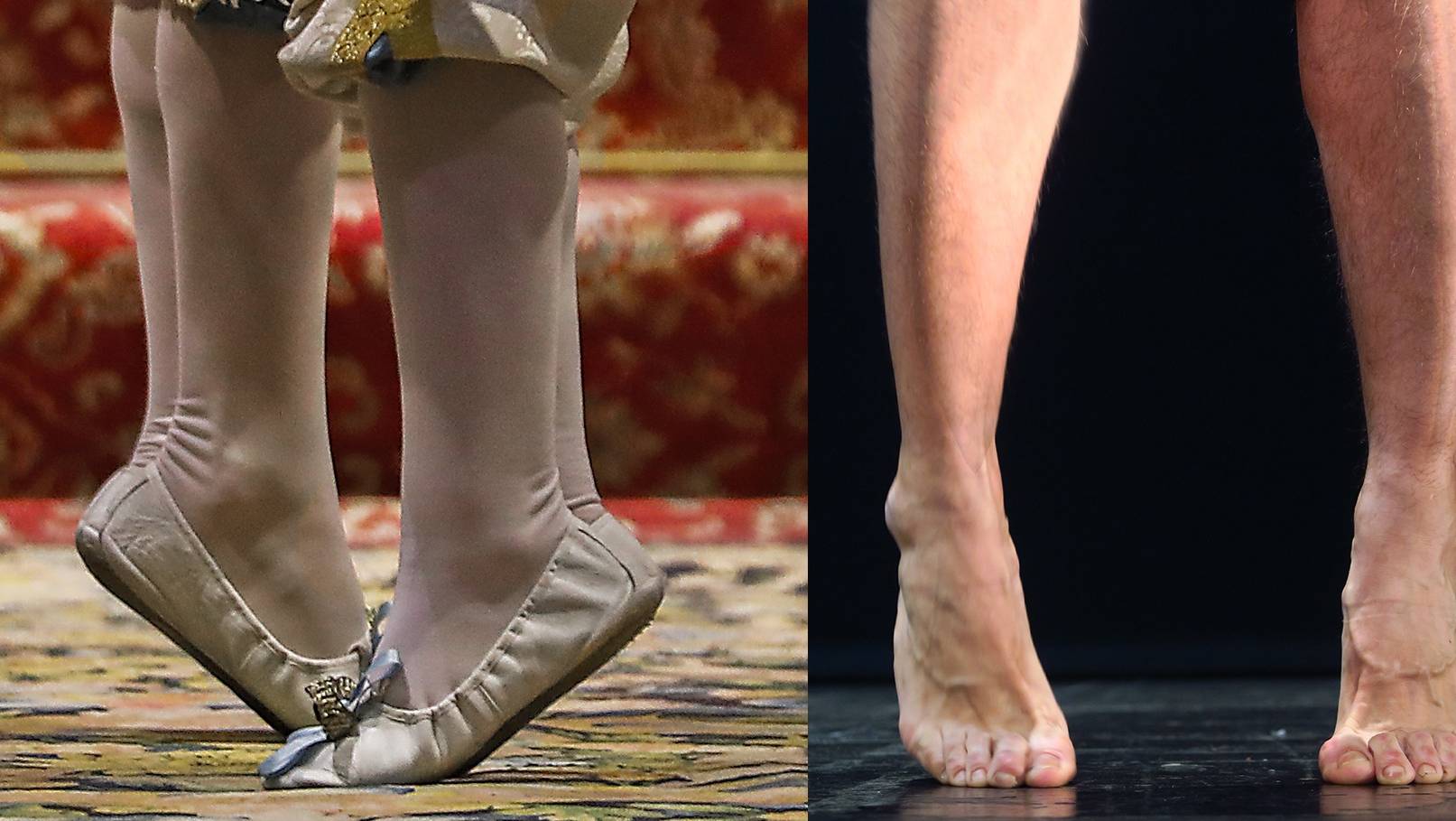CRÍTIQUES

VALORACIÓ
9
Seise the day
Publicat el: 3 de juliol de 2022
CRÍTiCA: Seises – Israel Galván i l’Escolania de Montserrat
A religious line dance performed before Seville’s Santa Maria de la Sede cathedral provides the inspiration for Seises, a multidisciplinary piece by flamenco artist Israel Galván, accompanied (if only for the last 20 minutes or so) by Montserrat soprano boys choir.
Seises refers to the Baile de los Seises (Dance of the Six) originally performed by six Sevillian choir boys dressed in traditional 16th century attire of striped tunics and white stockings with large plumes soaring from their hats. These colourful figures enact the choreographed performance thrice a year on special Catholic occasions.
As a young boy growing up in Seville, the Seises struck fear into the heart of Galván, and he uses them here, he says, to contemplate certain truths of his childhood. Born in 1973, the son of prominent Sevillian ballaores José Galván and Eugenia de Los Reyes, Galván learnt traditional sevillanas, but then annoyed the flamenco purists with innovative works such as Lo Real / Le Réel / The Real (that broached the Holocaust), Torobaka (a duet with British-Bangladeshi Akram Khan), and Arena, performed in a bullring.
While lengthy at 105 minutes, Seises is a smooth ride for the audience; an entertaining, accomplished yet perhaps evasive satire of the pomp and circumstance of Sevillian tradition. There is a spin on an exercise bicycle, mass dart and castanet throwing, complex quick-fire flamenco routines performed by Galván and Malaga-born Ramón Martinez. Live music is provided by Dutch pianist Gerard Bouwhuis and Dutch-Russian harpsichordist Daria van den Bercken, who plays some of Alessandro i Domenico Scarlatti’s super sonatas (the Italian baroque composer spent four years in Seville, where he took a liking to local folk music). Helena Astolfi provides the deadpan Gen-Z-style commentary: Federico Lorca’s poems on love, while on death, a complete list of nasty fates that befell martyrs.
The anticipated choir files on obediently near the end and proceeds to sing a delightful repertoire of well-rehearsed crowd-pleasers. At first, even with Galván dancing alongside them, they seem entirely adjacent to the rest of the production. However, tied in with the Seises and the apparently personal theme of the piece, you can’t help but ponder their presence. Galván remains enigmatic on the subject, he only sought, he says, “authenticity” in their voices.
CRÍTIQUES RELACIONADES / Seises – Israel Galván i l’Escolania de Montserrat
TÍTOL CRÍTiCA: També els escolanets tenen el seu “duende”
PER: Ramon Oliver

VALORACiÓ
7
TÍTOL CRÍTiCA: Veus blanques, fanals taronges; Galván o Ymbernon?
PER: Jordi Bordes

VALORACiÓ
8

